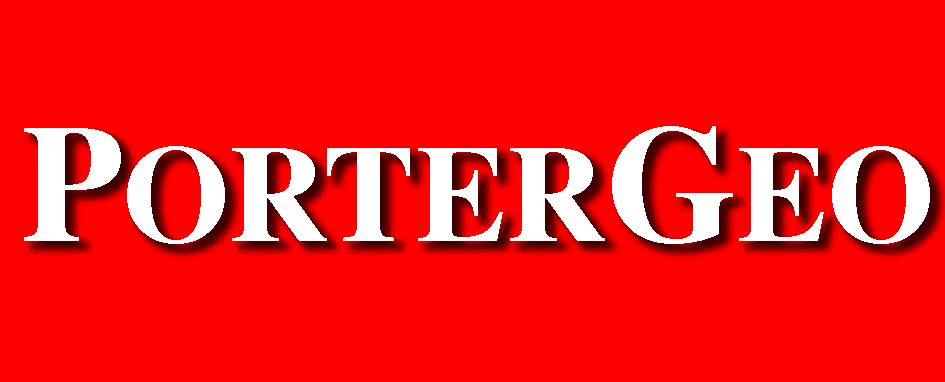Kupferschiefer Workshop, Poland - Many of the 24 participants on the DRC segment of the tour left the group after the last of the visits in the Kolwezi district. Some made their own arrangements from Kolwezi, while the remaining 16 took the tour charter flight south to Lubumbashi on the morning of Saturday 17 May, where they said their goodbyes and went their own way. A small core continued onwards, and connected out of Lubumbashi that day, to take a string of flights north, through the night, via Nairobi and Zurich to Frankfurt, where they were joined by new starters to fly on to Wroclaw in Poland, and from there, take the tour charter bus to near Lubin, arriving in the mid-afternoon of Sunday 18 May.
The tour continued next morning, immediately after an early breakfast, with a concentrated 2 hour series of classroom lectures (upper left) by renowned expert Dr Sławomir Oszczepalski of the Polish Geological Institute, and his associated Andrzej Chmielewski, covering the tectonics/structure, geology, distribution, characteristics and styles of mineralisation and associated alteration, and prospectivity of the Kupferschiefer mineralisation in south-west Poland.
The group then relocated to the nearby core storage facility of the Polish Geological Institute to view historic drill core through the host sequence and ore of the Polish Kupferschiefer deposits (bottom right), as no core would be on site to study at the Rudna mine to be visited next day.
Next, they drove to the North Sudetic Trough (on the opposite margin of the basement Sudetic Block to the main Fore-Sudetic Monocline where the currently exploited, but blind, major deposits are located. The North Sudetic Trough hosted previously mined, but now largely exhausted deposits, such as Konrad, Lena and Nowy Kosciol. The group was able to visit the overgrown open pits to observe exposures of the host sequence and ore in these historic workings (lower left and upper right). As well as the mineralised Kupferschiefer (dark bands in top right image), they were able to see exposures of the Rote Fäule exposed in the pit being dug in the lower part of the top right image. The Rote Fäule zone is characterised by red hematite spotting (lower-centre image), replacing iron and copper sulphides, which is found in oxidised sandstone and shale/siltstone below and lateral to ore.
Dr Sławomir Oszczepalski (bottom left - third from right) also led the core study and field workshop throughout, and gave the group the benefit of his wealth of knowledge, experience and insights. Photographs by Mike Porter.
|

